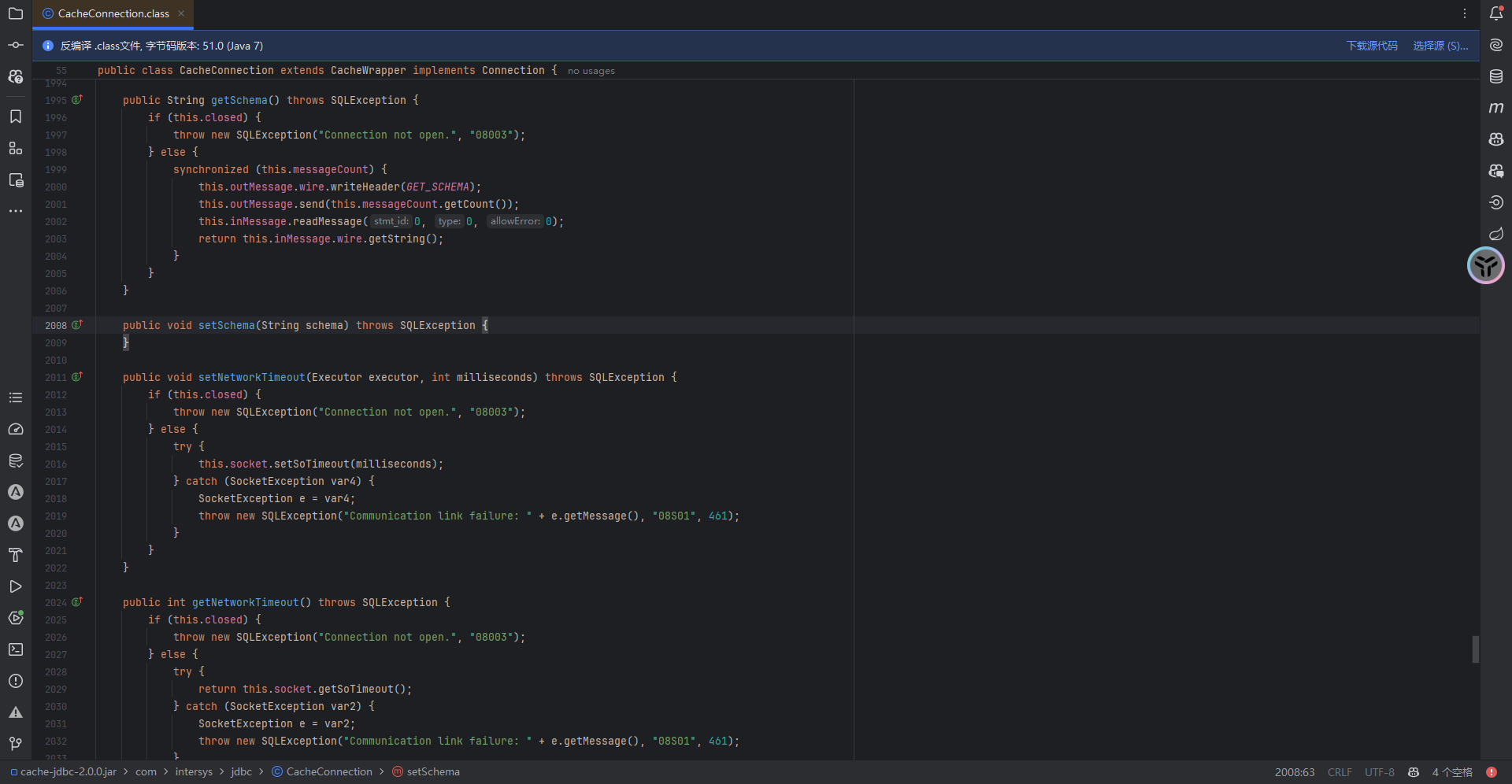Hello Community,
My Intersystems Caché Version: 1.2014 (Can't update now.)
I have the following issue:
I have for example an articlenumber with 15049950, which is numeric. But sometimes it can also be an alphanumeric string like PK15049950.
How can i set numbers always to string in Json Stream with quotes like "15049950".
Code Example:
set object = ##class(%ZEN.proxyObject).%New()
set articlenumber = "15049950"
set object.articlenumber = articlenumber


.png)

.png)
.png)